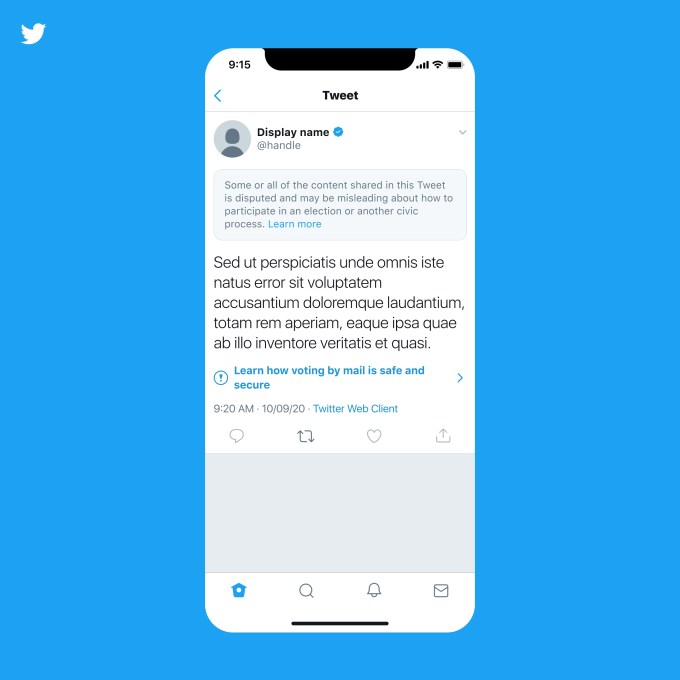News: New Chinese browser offers a glimpse beyond the Great Firewall – with caveats
China now has a tool that lets users access YouTube, Facebook, Twitter, Instagram, Google, and other internet services that have otherwise long been banned in the country. Called Tuber, the mobile browser recently debuted on China’s third-party Android stores, with an iOS launch in the pipeline. The landing page of the app features a scrolling
China now has a tool that lets users access YouTube, Facebook, Twitter, Instagram, Google, and other internet services that have otherwise long been banned in the country.
Called Tuber, the mobile browser recently debuted on China’s third-party Android stores, with an iOS launch in the pipeline. The landing page of the app features a scrolling feed of YouTube videos, with tabs at the bottom that allow users to visit other mainstream Western internet services.
While some celebrate the app as an unprecedented “opening up” of the Chinese internet, others quickly noticed the browser comes with a veil of censorship. YouTube queries for politically sensitive keywords such as “Tiananmen” and “Xi Jinping” returned no results on the app, according to tests done by TechCrunch.
Using the app also comes with liabilities. Registration requires a Chinese phone number, which is tied to a person’s real identity. The platform could suspend users’ accounts and share their data “with the relevant authorities” if they “actively watch or share” content that breaches the constitution, endangers national security and sovereignty, spreads rumors, disrupts social orders, or violates other local laws, according to the app’s terms of service.
Rather than blocking sites that are beyond the purview of Beijing and tracking individuals using VPNs to circumvent the Great Firewall, China now has an app that gives its people a glimpse into the Western internet — with the caveat that their digital footprint may be under close watch by the authorities.
Much about the app remains unclear, such as its origin and the motive behind it. The operator of the app’s official website (上海丰炫信息技术有限公司) is 70% owned by a subsidiary of Qihoo 360, a Chinese cybersecurity software giant. It remains to be seen whether the app will take off.
This is an updating story.





